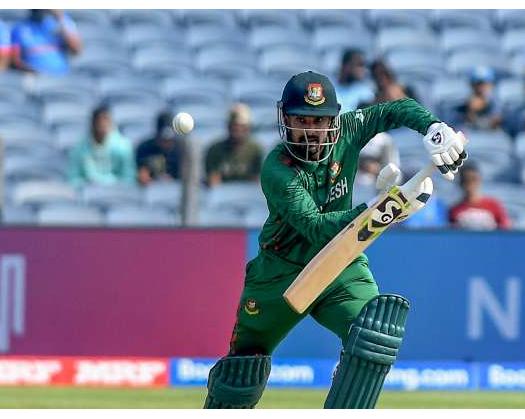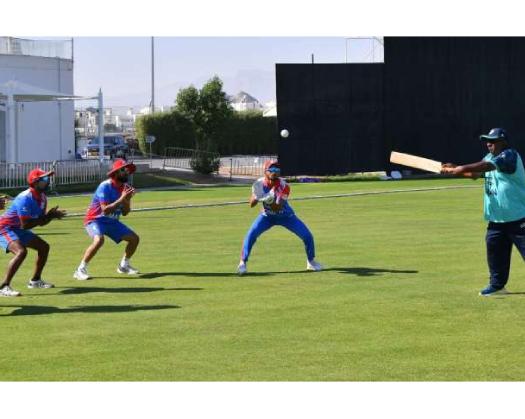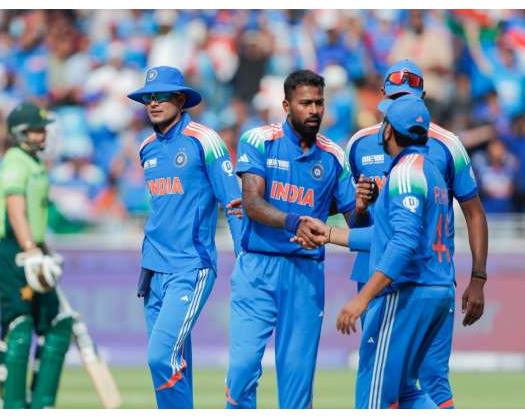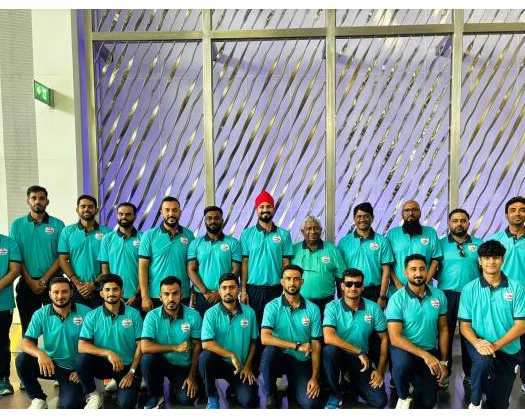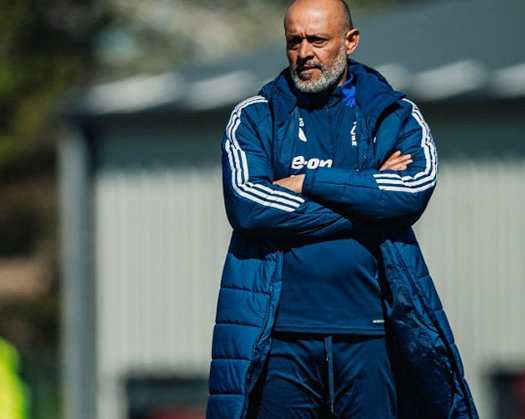New Delhi: The International Cricket Council (ICC) has recently ratified various modifications to playing regulations for men's international cricket, including the boundary law and the one-ball rule in ODIs from the 35th over. While some of these regulations have already been in effect during the ICC World Test Championship (WTC) 202527, the rules for whiteball formats will be in effect starting July 2.
ESPNCricinfo examines the significant modifications made across three formats after reviewing the playing regulations shared by the global cricket governing body and its member organizations.
Introduction of Stop Clock in Tests
A year after the implementation of the regulation in limited-overs cricket, the ICC has decided to enforce it in red-ball cricket, where slow over rates have been a significant issue for decades. According to the rules, the fielding side must begin an over within 60 seconds of the previous one ending. Two warnings will be issued for failing to do so, and a subsequent failure will result in a five-run penalty for the bowling team. The warnings will be cleared to zero after each block of 80 overs. The regulation has been in effect for the current 2027 WTC cycle.
No required ball change when saliva is used intentionally.
While the prohibition on saliva in international cricket remains in place since COVID-19, the requirement for umpires to change the ball if saliva is detected has been lifted. This modification is made to prevent squads from tampering with the balls by purposely applying saliva to them.
In the future, the condition of the ball will play a role in determining whether or not it should be altered. If it looks overly damp or has extra shine, stop. This decision has been entirely left to the umpires. If the ball begins to behave differently after the umpires state that the use of saliva has not altered its condition, it will not be substituted. However, the batting team will receive five penalty runs.
DRS protocol for secondary review following an out decision
Consider a scenario in which a batter has been dismissed caught behind and requests a review. The UltraEdge displays the ball brushing the pads without any contact with the bat. With the catch dismissed, the television umpire checks for the second dismissal mode via ball tracking to see if he is lbw or not.
So far, the protocol has been that once the batter was ruled 'not out caught', the default decision for the second mode of dismissal, lbw, would be not out. This implies that if the ball tracking resulted in an umpire's call decision, the hitter would stay not out. Under the revised regulation, when ball tracking is shown, the original decision label on it will be read out, and if the review results in an umpire call, the batter will be ruled out.
Combined reviews; decisions will be chronological.
If there is a player review and an umpire review for different methods of dismissal on the same delivery, the situations will be handled in chronological order.
Previously, the TV umpire would evaluate umpire reviews before proceeding to the review requested by a player. Now, the updated playing condition states that if the decision from the first incident is that a batter is out, the ball is considered dead at that point, making the examination of the second incident irrelevant.
So, if there's an appeal for lbw and a run out, the TV umpire will first consider the lbw review because it happened first. If the batter is out, the ball is considered dead, and no review for a run-out is conducted.
The fairness of a catch will be assessed for a no-ball.
According to Wisden, the television umpire will look at the validity of a catch even if the bowler delivers a no-ball. Previously, if the third umpire did not call a no ball, the catch's validity was not reviewed. But now it will be. If the catch is fair, the batting team will receive one additional run for a no-ball; if it is unfair, the batting team will receive the runs made by the batters.
Deliberate Short Run
If a batter is caught taking a short run, five runs are deducted from the batting team's total. Under the revised regulations, if one of the batters fails to make their ground intentionally in order to steal an additional run, the umpires will ask the fielding team which batter they want to be on strike. The fiverun penalty will remain.
According to Rule 18. 5. 1 of the playing regulations, a deliberate short run is an attempt by batters to run more than one run, while at least one batter intentionally fails to reach their ground at one end. Batters may elect to cancel a run, but only if the umpire believes that the batter did not intend to deceive the umpires or score the run for which they failed to make their ground, according to the rule.
Full-time playing replacement in domestic first-class cricket.
To offset the absence of a player who has sustained a severe external injury, the ICC has asked cricket boards to experiment with a full-time replacement player in their domestic first-class matches. This replacement player will be like-for-like, similar to a concussion replacement. Officials must first see the injury before deciding whether to act. It would not apply to hamstring pulls or irritation.


